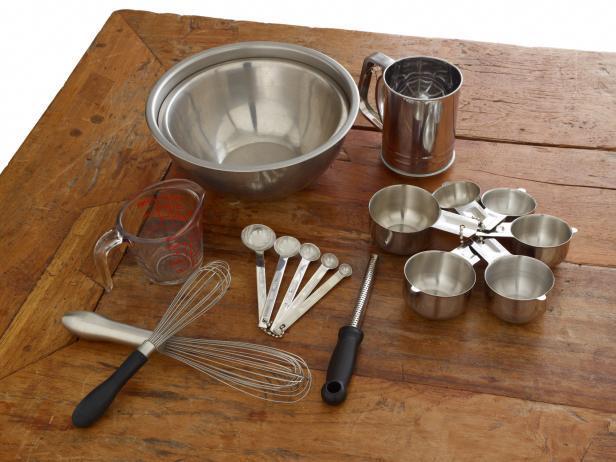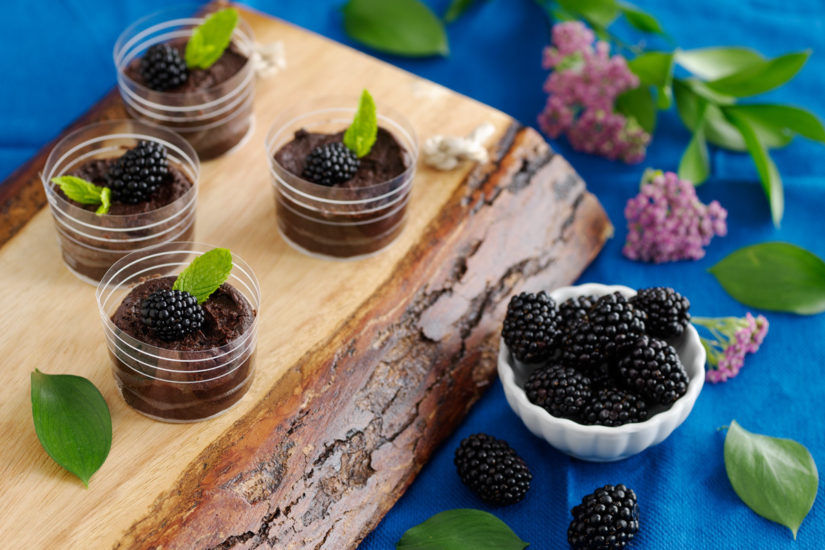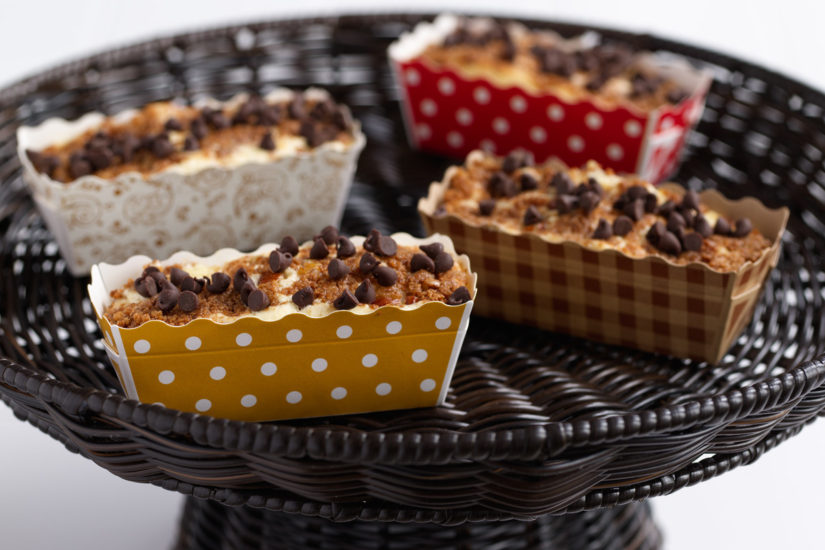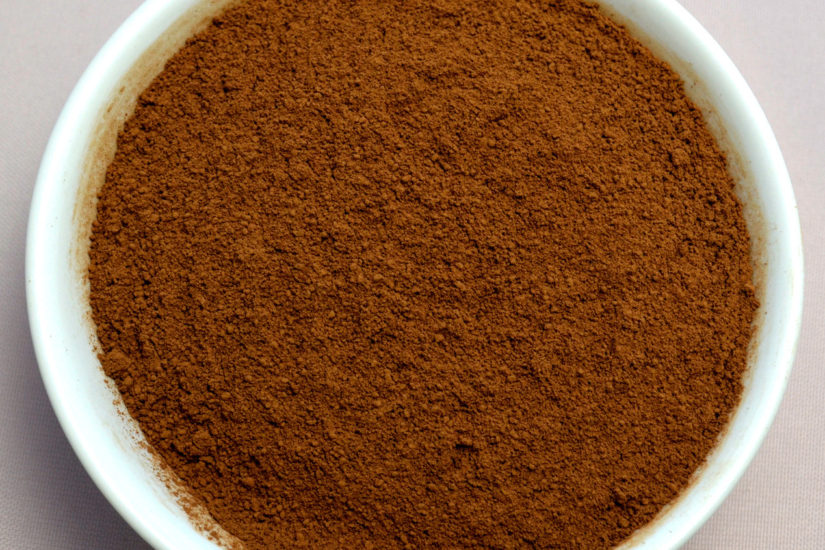You may have heard the phrase “Cooking is an art, baking is a science.” Not all food professionals agree with this sentiment, but most do agree that baking requires precision and attention to detail — and this includes attention to the details of measuring. After all, using a dab of this and a dab of that (instead of the exact amounts called for by the recipe) could mean the difference between perfection and disaster.
Tools: Graded measuring equipment includes spoons ranging from ¼ teaspoon to 1 tablespoon and cups ranging from ¼ cup to 1 cup. Use graded spoons instead of the spoons you eat with to ensure accuracy. Graded spoons work well for both dry and liquid ingredients, but for cup-size liquid ingredients, use a glass cup. Place the glass on a level surface and gauge it from eye level. Regardless of whether the item is dry or liquid, some experts recommend using food scale for extra accuracy.
Tips and tricks: For dry ingredients, spoon the item into the spoon and then level it with the straight edge of a knife. Avoid scooping with the tool itself, as you risk excess. For recipes that call for “firmly packed” ingredients, such as brown sugar, use light pressure to rid the item of air pockets; do not pack too tightly. For liquids that are likely to stick, such as honey or molasses, spray the inside of your cup with nonstick spray prior to measuring.
Final advice: Do not measure your ingredients over the bowl you’re using to mix in, for obvious reasons. Finally, you have a little wiggle room with items such as chocolate chips and nuts, as they don’t typically comprise the structure of a baked good. Still, it never hurts to follow the recipe and strive for accuracy. Your tastebuds will thank you!




